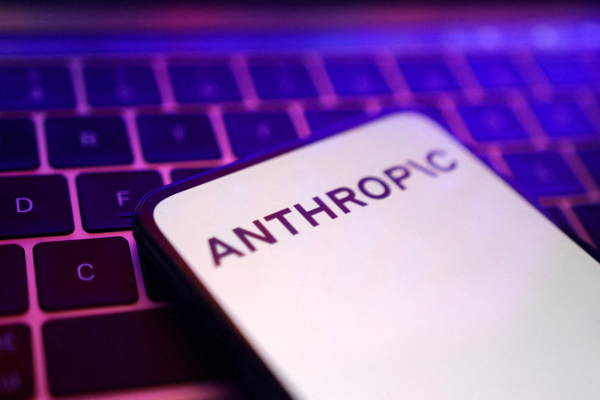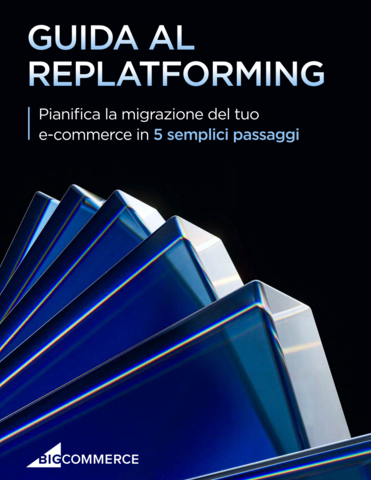Using AI to put shopping into context

Ali Hanyaloglu at Amplience investigates how AI can be leveraged to improve shopping outcomes
Consumers of goods and services are heavily influenced by context. It might be the job that they do, the values they associate with a brand or a recommendation they have had from a friend. Some of these factors can be influenced by retailers, and others are more unpredictable.
When a super tanker became wedged in the Suez Canal in 2021, the effective blockade of around 250 cargo ships unable to pass through caused ripples all over the world. British and European retailers waiting for imported products from Asia were unable to meet customer demands with no idea when their goods would arrive.
This summer, the release of the blockbuster Barbie movie created context of a different kind with a sudden demand for a wide range of clothes and accessories associated with the film. Many retailers took advantage of the opportunity to stock dresses and jewellery, Barbie themed bed linen and even pink Barbie Croc shoes to boost much needed sales amidst the cost of living crisis.
Not all brands and retailers are agile enough to take advantage of constantly changing contextual factors. Those that do and can use it across their funnel so that their product pages quickly resonate with shoppers are the ones who succeed.
Of course technology is the key to leveraging contextual factors quickly. Writing blogs, creating banners and uploading images are laborious, time-consuming tasks if they are carried out manually, but by using AI-enabled tools, retailers can leverage content creation, augmentation and validation to spot and act on an opportunity.
The challenge, however, is that general purpose AI tools are generic and miss the mark. Unless they have shopping context the outcomes are weak. Take the two pictures below – one is an Adirondack chair featured on a retailer’s website, the other is the same chair in context. The difference is what is fed into the AI tool which in the latter case might be: ‘Generate a photorealistic image of a white outdoor Adirondack chair on a patio in summer on the French Riviera’. It’s clear which one is likely to appeal to a consumer and potentially prompt a sale.

Building a contextual shopping foundation
To take advantage of contextual factors, whether they are known or unknown, means having access to specialised, verticalized models of AI that are programmed to understand the shopping context relevant to the retailer and their customer.
One approach is to take proven off-the-shelf AI tools and combine them to build an AI contextual shopping foundation. At its most basic, this could help retailers leverage Chat GPT or Bard to create text, for example, together with an AI image generator and a tool that allows retailers to devise and schedule promotions or events to create an impactful, contextual marketing campaign.
Another tool that can be added into the mix is an ‘alt text’ AI generator. Most retailers and brands have thousands, even millions, of image assets and alternative text is a feature that describes what is happening in the image.
There are multiple reasons for using ‘alt text’ but one vital reason is for accessibility. Visually impaired customers or anyone unable to see an image or video, is reliant on descriptive text. The other reason is SEO – in fact, Google will penalise retailers who fail to use the feature – because these descriptors boost conversion rates. AI allows these assets to be assessed and with one click of a button, identifies what is in the image and generates a descriptor.
Retailers and brands can also add AI background removers into their toolset. Given that many images have a background, this can cause problems when the image is being used in a different channel, a marketplace, for example. Being able to create a transparent image of a product that can then be set against an alternative background and include alt text provides flexibility for retailers.
Of course, all retailers are conscious of the need to comply with regulations, particularly if they sell overseas where they are subject to local laws. Selling into certain markets means complying with strict guidelines around how children are used in advertising, and care needs to be taken in all countries with words and images used in banners and images to ensure standards are met.
AI tools exist to help retailers in this endeavour, identifying mistakes which can be corrected before assets go live. In the same way, AI can help retailers to stay within their own brand guidelines – a task which gets more difficult as their assets grow.
Supercharging sales
Many retailers and brands are already using AI tools but are not orchestrating them to create shopping content for known and unknown contextual factors. Unscheduled events are impacting the bottom of the pipeline, images are not being fully leveraged and customers are missing valuable brand messages.
By combining content, assets, machine learning and generative AI for every customer context, retailers can take advantage of new-found agility, cut marketing costs and, most importantly, supercharge sales.
Ali Hanyaloglu is VP of Product Marketing at Amplience
Main image courtesy of iStockPhoto.com

Business Reporter Team
You may also like
Most Viewed
Winston House, 3rd Floor, Units 306-309, 2-4 Dollis Park, London, N3 1HF
23-29 Hendon Lane, London, N3 1RT
020 8349 4363
© 2025, Lyonsdown Limited. Business Reporter® is a registered trademark of Lyonsdown Ltd. VAT registration number: 830519543





